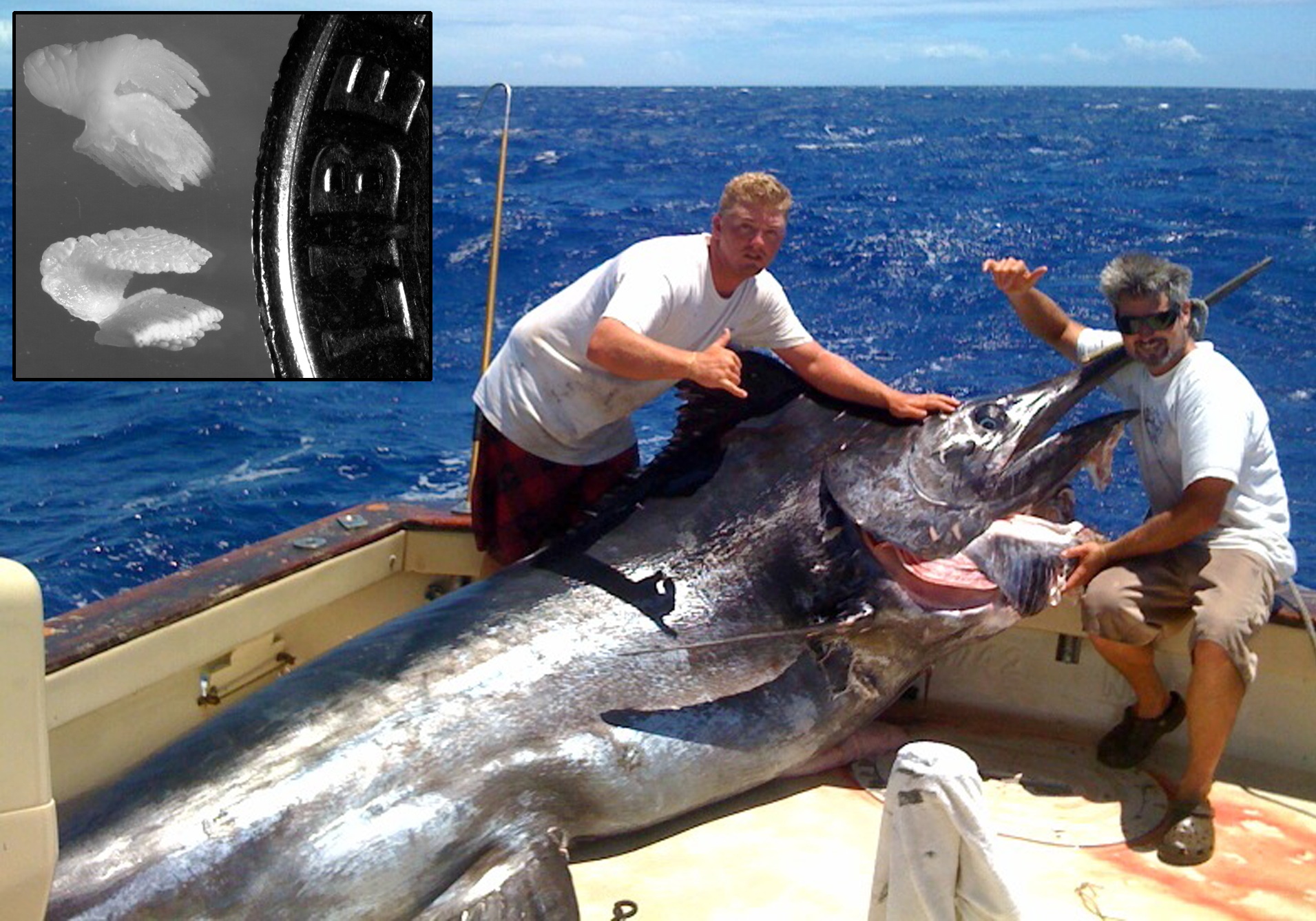Allen Andrews, NOAA's Pacific Islands Fisheries Science Center
Moss Landing Marine Labs Seminar Series - February 1st, 2018
Hosted by the Ichthyology Lab
MLML Seminar Room, 4pm
Open to the public
Allen Andrews joined the Life History Program of the Pacific Islands Fisheries Science Center in 2009. He came to Hawaii from Moss Landing Marine Laboratories (MLML) in California where he operated the Age and Longevity Research Laboratory for 12 years. He earned a M.S. degree in Marine Science from MLML in 1997 and in 2009 he finished a Ph.D. in Ichthyology and Fisheries Science at Rhodes University, South Africa. His dissertation presented validated age and growth of the Patagonian toothfish (Chilean sea bass) and orange roughy.
His area of expertise involves age estimation and validation of fishes and invertebrates using growth zone counting and radiochemical techniques (i.e. lead-radium dating) and bomb radiocarbon dating. Recent works involved bomb radiocarbon dating of several shark species, the endangered white abalone, hawksbill sea turtle, and fishes of Indo-Pacific regions. Allen's work with the Life History Program at NOAA Fisheries began with applying these techniques to dating opakapaka (Hawaiian pink snapper), and has continued with applications to other fishes of the Hawaiian Archipelago, as well as national and international collaborations on fishes and corals of the Gulf of Mexico, Great Barrier Reef, and Mediterranean. As an Affiliate Faculty member of the Oceanogrpahy Department and the Marine Biology Graduate Program at University of Hawaii, Manoa, Allen has fostered research with students involving deep-sea fishes and tropical snappers. Other interests are with photography, astronomy, and world travel. For more information please visit: “astrofish.me”
Bombs and blue marlin (Makaira nigricans) — confirmation of rapid growth
Longevity of blue marlin (Makaira nigricans) remains unresolved. Use of fin spines and sagittal otoliths for age reading has led to unconfirmed longevity estimates of close to 20 years. Age validation has been elusive because large individuals are rare and a technique that can be applied to the structures that provide estimates of age was absent. Use of otolith chemical signatures has been limited by sagittal otoliths that are very small—whole otolith mass of adult blue marlin can reach 10 mg for the largest fish. Recent advances in the detection limits of radiocarbon (14C) with accelerator mass spectrometry—coupled with recently acquired knowledge of marine bomb 14C signals spanning the tropical Pacific Ocean—have led to an opportunity to age blue marlin from small amounts of otolith material. In this study, otoliths from a recently collected 1245 lb. (565 kg) female blue marlin at 146 inches (3.71 m) lower jaw fork length were analyzed for 14C. Using a series of deductions in the bomb 14C dating method the age of this “grander” blue marlin was confirmed.



